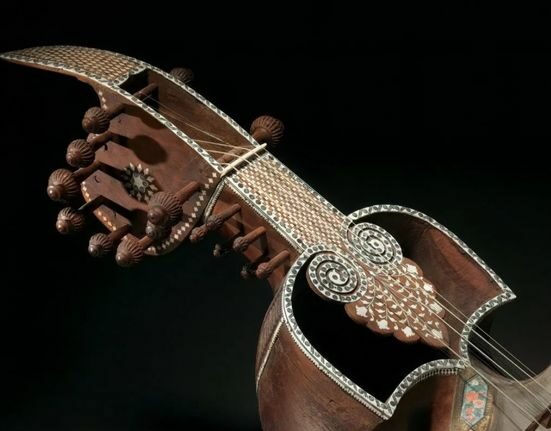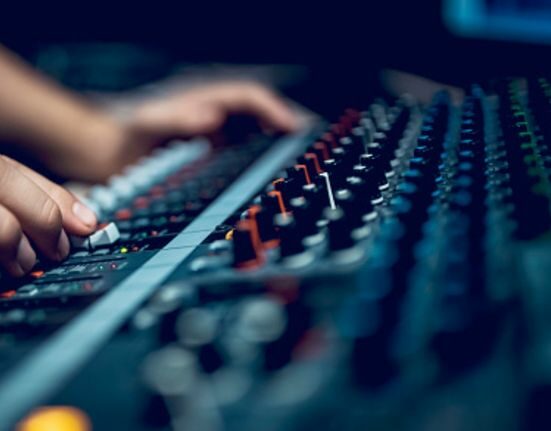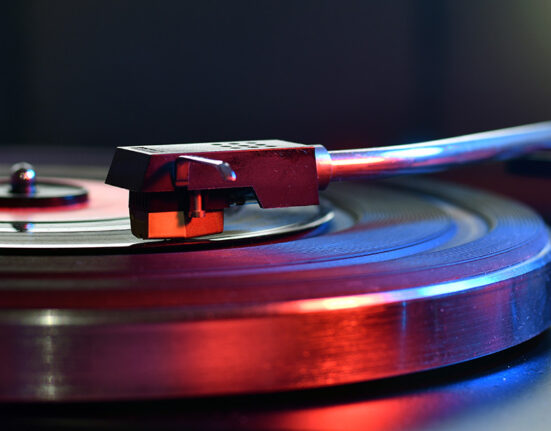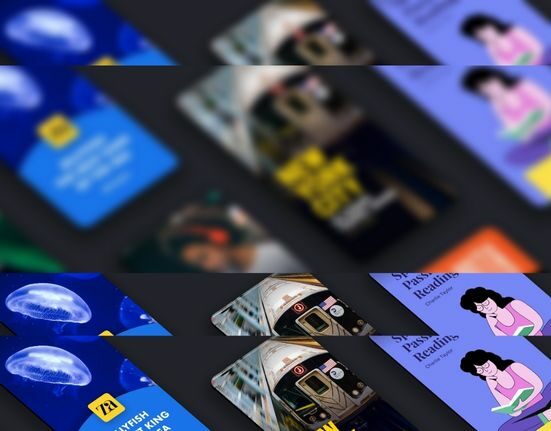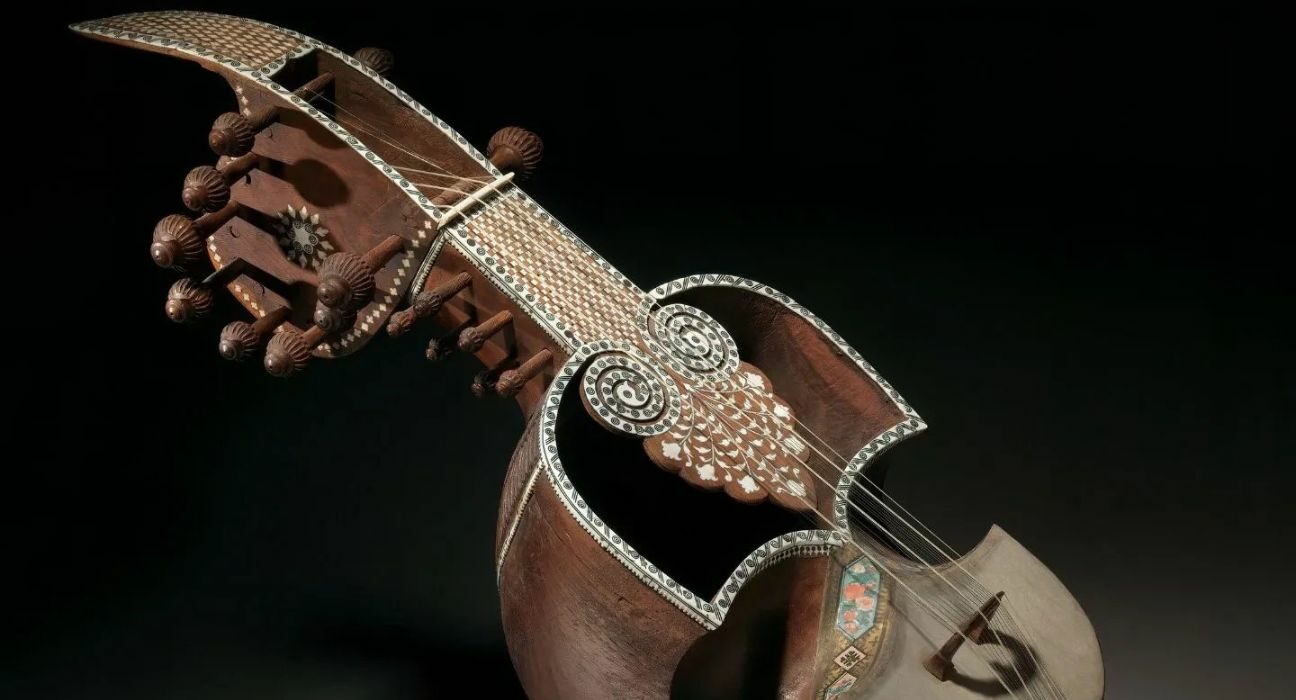Unlock the richness of Indian music. Dive into the world of these 10 underrated and lesser known instruments you should know about. From the exotic Rudra Veena to the mesmerizing Morchang, expand your musical horizons with these hidden gems. Read to know more.
BeatCurry Team
India’s musical history is diverse, with various forms, styles, and instruments. While some instruments gained mainstream fame, others have intriguing backgrounds but remain underrated. Here are 10 lesser-known Indian instruments worth exploring, which are an integral part of the country’s musical heritage.
Surbahar
Surbahar is a stringed musical instrument that originated in India. It is a large-sized instrument and is considered to be a precursor of the sitar. The instrument has a long, wide, and hollow wooden body that is made of a single piece of wood. It is usually made of teak or tung wood. The instrument has six or seven main strings and a number of sympathetic strings that are tuned to the notes of the main strings. The strings are plucked with a plectrum or played with the fingers. The Surbahar is used to play slow and meditative ragas and is often used in classical Indian music. Ustad Irshad Khan is considered the leading Surbahar player of his generation. Pt. Kushal Das, Pt. Pushparaj Koshti are among the well known maestros of this instrument.
Esraj
The Esraj is a bowed musical instrument that originated in India. It is similar to the violin but has a larger, more rounded body. The instrument has four main strings and a number of sympathetic strings that are tuned to the notes of the main strings. The strings are bowed with a horsehair bow, similar to a violin bow. The Esraj is used to play both slow and fast ragas and is often used in classical Indian music. It is also used in folk music and devotional music. Among the lesser known artists of this instrument include virtuoso artists such as Arshad Khan and Shubhayu Sen Majumdar
Rudra Veena
The Rudra Veena is a stringed musical instrument that originated in India. It is one of the oldest and most important instruments in Indian classical music. The instrument has a long, wide, and hollow wooden body that is made of a single piece of wood. The instrument has four main strings and a number of sympathetic strings that are tuned to the notes of the main strings. The strings are plucked with a plectrum or played with the fingers. The Rudra Veena is used to play slow and meditative ragas and is often used in classical Indian music. Some well-known Rudra Veena players from India include Bahauddin Dagar, Zia Mohiuddin Dagar, Asad Ali Khan, etc. These musicians have all gained recognition for their skillful playing and contributions to the world of Indian classical music. Bahauddin Dagar, in particular, is widely considered to be a master of the Rudra Veena and has received numerous awards for his contributions to Indian classical music.
Morchang
The Morchang is a mouth harp that originated in India. It is a small, horseshoe-shaped instrument made of iron or brass. The instrument is played by placing the curved end in the mouth and plucking the metal tongue with the finger. The Morchang is often used in folk music and devotional music.
Idakka
The Idakka is a drum that originated in India. It is a small, hourglass-shaped drum made of wood and goatskin. The drum is played by placing it on the lap and striking it with the fingers or a stick. The Idakka is often used in traditional music and dance performances in Kerala.
Alghoza
The Alghoza is a wind instrument that originated in Pakistan. It is a double flute made of bamboo or wood. The instrument has two pipes of different lengths that are played simultaneously by blowing into both at the same time. The Alghoza is often used in folk music and is a popular instrument in the desert regions of Pakistan and India. The traditions in Jaisalmer showcase this instrument’s music in its ensemble as well as the artists who make them.
Nagphani
The Nagphani is a wind instrument that originated in India. It is a double-reed instrument made of bamboo or wood. The instrument has a small, cylindrical body with two reeds attached to it. The player blows into the instrument and manipulates the reeds to produce the desired sound. The Nagphani is often used in folk music and is a popular instrument in the state of Rajasthan.
Yazh
The Yazh is a stringed musical instrument that originated in South India. It is a small, harp-like instrument made of wood and silk or nylon strings. The instrument has seven strings that are plucked with the fingers. The Yazh is often used in classical Indian music and is an important instrument in the Tamil Nadu music tradition.
Ghatam
The Ghatam is a percussion instrument that originated in South India. It is a clay pot with a narrow opening at the top and a wide base. The pot is usually made of clay, but can also be made of brass or copper. The player holds the pot on their lap and strikes it with their fingers or palm to produce a range of tones and rhythms. The Ghatam is often used in classical South Indian music and is an important component of traditional Carnatic music ensembles. Well-known Ghatam players from around the world include Vikku Vinayakram, T.H. Vinayakram, V. Selvaganesh, Suresh Vaidyanathan, and S. Karthick. Vikku Vinayakram, in particular, is widely considered to be a master of the Ghatam and has collaborated with many renowned musicians across various genres.
Some of the other noted instruments that showcase India’s heritage are Kartal, Bhapang, Chenda, Pakhawaj, Sambal, Ravanhatta, Gogona, Kanjira, Maddalam, GubGuba, Tavil and among many others. While instruments such as Ghatam, Morchang, Pakhawaj, Sarangi etc and their performers have created an individual identity and visibility for their instruments in the music industry, most of them are still associated with certain eras, purposes and traditions making it unknown to people. These sounds and cultures are yet to be explored. Providing these artists with ‘instrument centric showcase’ platforms, creating music with ethnic sounds, making use of technology to empower local art, artists and makers could essentially drive this segment of the industry towards better awareness and information.
Related materials you’d like to see:
Subscribe to BeatCurry’s YouTube Channel here
Check out our Web Stories: Interesting scoops, trivia, stories, industry news delivered at your fingertips.
Watch: Exclusive interview with World’s Fastest Guitarist Davide Lo Surdo
Watch: Exclusive interview with GRAMMY awardee, Pt. Vishwa Mohan Bhatt
Exclusive Music Review: Mali Delivers An Ode To Each Broken, Hurt Heart Through ‘Ashes’
Exclusive Music Reviews: Mame Khan’s ‘Desert Rose’ Recites The Heartfelt Journey Of Life
Explore: #BeatCurryShorts NOW!
Explore: Check out the BeatCurry Podcast HERE!
If you’d like to know about the unique and versatile forms and flavors of music, follow us on Instagram, YouTube and Facebook, subscribe to BeatCurry.com and never miss another update from us.

